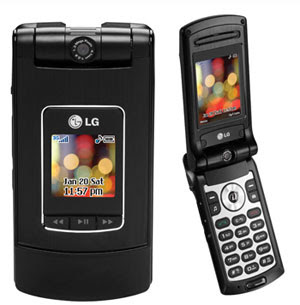
Wednesday, March 31, 2010

Tuesday, March 30, 2010
The Best Of The Best.

How Flat Will They Go?

Monday, March 29, 2010
HIstory of Internet Radio

http://www.buzzle.com/articles/internet-radio-broadcasting.html
History of Satellite Radio

http://www.buzzle.com/articles/history-of-satellite-radio.html
Laptop, Notebook, or Netbook?

Recently I have been thinking about buying a laptop computer and I began paying attention to articles, product reviews, and marketing information. I noticed three terms being used: laptop, notebook, and netbook, so I decided to find out what the differences are between the three products in order to decide which one I actually need.
<Acer Aspire Notebook
So far I have found that a laptop is closest in capabilities to a desktop computer so I need to decide if I need all those features or if I can work with less.
The laptop usually has a larger screen and better graphics than either the notebook or the netbook but since I’m not a game player this is not a deciding factor for my purposes.
The keyboard on a laptop is slightly smaller than on a desktop, while the keyboards on the notebook and netbook are much smaller – this is not only a comfort consideration but a functional one too; if the keyboard is too small it may interfere with my productivity.
 A laptop and a notebook may have a DVD-RW drive but a netbook will not have one. The laptop is larger and heavier than either the notebook or the netbook so I’ll need to decide how much weight is practical to be carrying around with me.
A laptop and a notebook may have a DVD-RW drive but a netbook will not have one. The laptop is larger and heavier than either the notebook or the netbook so I’ll need to decide how much weight is practical to be carrying around with me.
<Sony Vaio Netbook
I think I can eliminate the netbook since it is used for Internet browsing, email, and social networking but not for business software like Word, Excel, Quicken, and accounting applications, which I use every day.
If anyone from class can give me helpful information, or insights from their own experience, to aid in my decision-making it would be much appreciated!
http://www.howtoanswer.com/howto/computers/the-difference-between-laptops-notebooks-and-netbooks/
http://www.xbitlabs.com/articles/mobile/
More Recent History of Computers
In 1990 the World Wide Web came into existence when HyperText Markup Language, or HTML, was developed by Tim Berners-Lee. Specifications such as URL’s (Uniform Resource Locator) and HTTP (HyperText Transfer Protocol) were developed which allowed browsers like Netscape or Microsoft Internet Explorer to follow links to view websites.
Microsoft Windows 3.0 was first marketed in May 1990 allowing PC’s to run graphical applications and to run multiple applications at one time – things we totally take for granted today.
In 1993 the first Pentium Processor was released, it was the 5th generation of microprocessor from Intel. Also in 1993, the Mosaic web browser was released, which was the first commercial software that allowed Internet users to view graphics on the web. Mosaic was designed by Eric Bina and Marc Andreesen.
In 1994 Netscape Communications Corporation was founded and began the Internet boom of the 1990’s. Netscape was originally called Mosaic Communications Corporation.
Yahoo was also founded in 1994, and the first Iomega Zip Disk was released.
http://www.computerhistory.org/timeline/
Sunday, March 28, 2010
Second and Third Generation of Cell Phones


http://www.symatech.net/heistory-cell-phones
Introduction of the Cell Phone

History of the Cordless Phone

http://www.articlesbase.com/business-articles/history-of-the-cordless-phones-797191.html